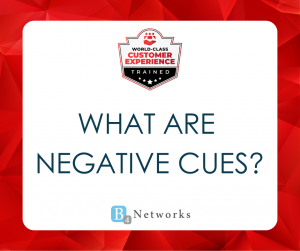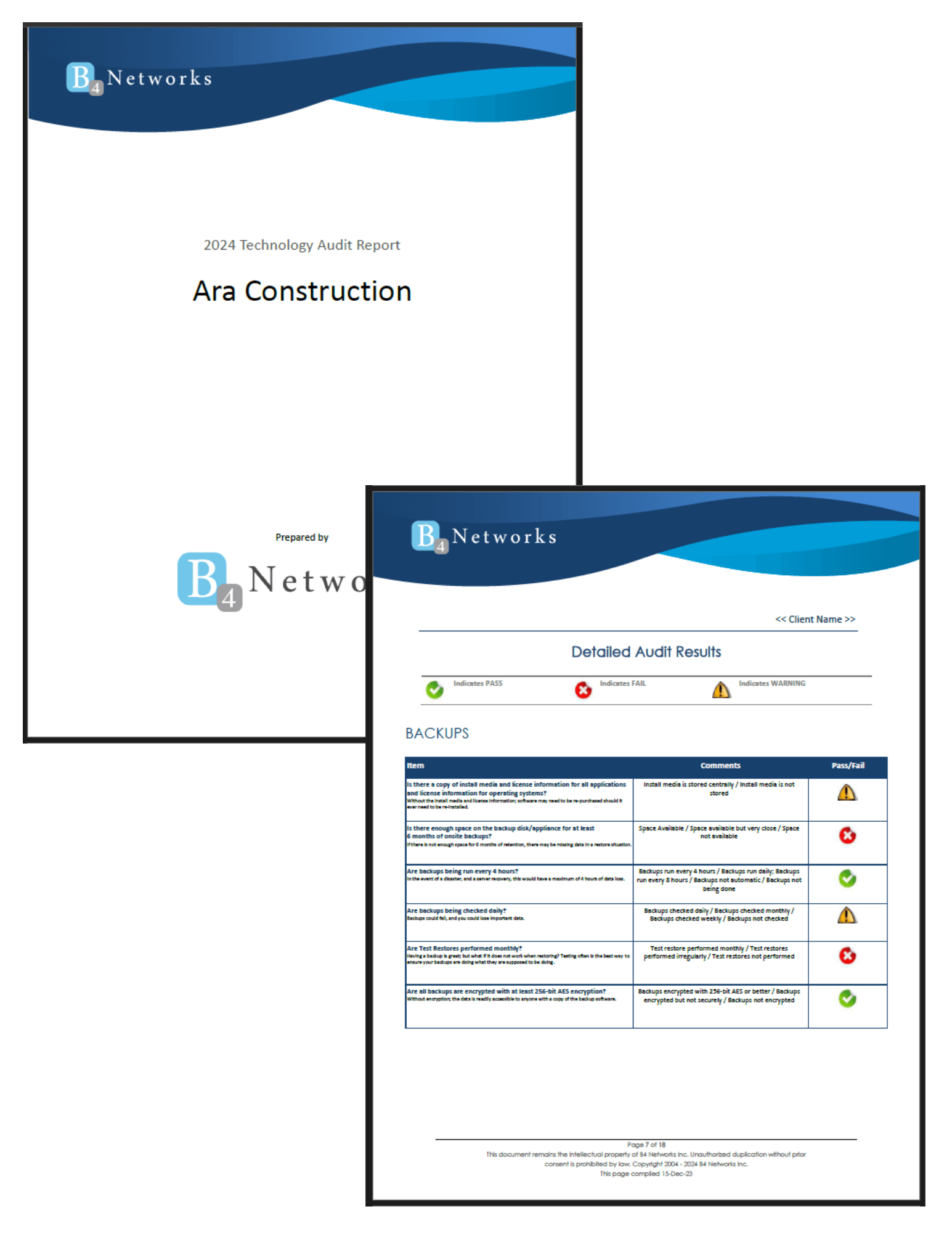Authored by: Bryan Lachapelle, President & CEO
 Negative cues can significantly impact customer experience, and they fall into three primary categories: visual, verbal, and action cues. Let's explore each category in detail and discuss how to recognize and address these cues to enhance our interactions.
Negative cues can significantly impact customer experience, and they fall into three primary categories: visual, verbal, and action cues. Let's explore each category in detail and discuss how to recognize and address these cues to enhance our interactions.
Visual Cues
Visual cues can be anything from a person's appearance to signage and design within a space. These cues can unintentionally communicate negative messages.
Examples of Visual Cues:
- Signage: A bathroom filled with multiple “Staff must wash hands” signs or a missing cleanliness schedule can raise concerns about hygiene and staff reliability.
- Design: A handwritten “Be back in 15 minutes” sign that hasn't been updated for 20 minutes creates frustration and mistrust.
Visual cues often go unnoticed in our daily routines, but they can significantly impact a customer's perception. For instance, removing unnecessary or potentially negative signs can communicate professionalism and reliability.
Verbal Cues
Verbal cues might seem straightforward, but they include subtle language that can unintentionally show negativity.
Examples of Negative Verbal Cues:
- Dismissive Language: Phrases like “don’t worry about it” or “no problem” can make clients feel like they were a burden.
- Unhelpful Responses: Saying “I can’t help you with that” or “I don’t know” without offering an alternative solution can leave clients feeling stranded.
- Industry Jargon: Using complex terminology or acronyms can confuse clients.
Instead, we should aim to use positive language, such as “you’re welcome” and “my pleasure,” and break down complex information to make clients feel included and valued.
Action Cues
Action cues involve body language and physical gestures, which are often unconscious but impactful.
Examples of Negative Action Cues:
- Body Language: Crossing arms can seem defensive or uninterested. Checking your watch can imply that you value your time over the client's.
- Facial Expressions: Habitual eye-rolling or other negative facial reactions can be perceived as rude or dismissive.
Being mindful of our body language and facial expressions can help convey attentiveness and respect. For example, maintaining open body language and making eye contact can create a more positive and engaging interaction.
We often overlook the numerous ways we might be sending out negative cues. As representatives of B4 Networks, both inside and outside the building, it is crucial that we are aware of and address these cues to ensure we are providing the best possible customer experience. We strive to be positive ambassadors of our team, taking extra care to communicate effectively and respectfully.
Now, let's hear from you! Comment on our social posts and share an example of a visual, verbal, or action cue you’ve encountered. Your insights will help us all become more aware and improve our customer interactions.



